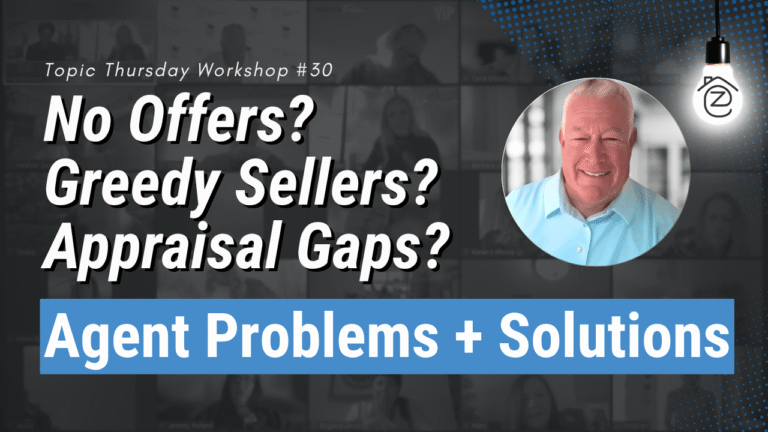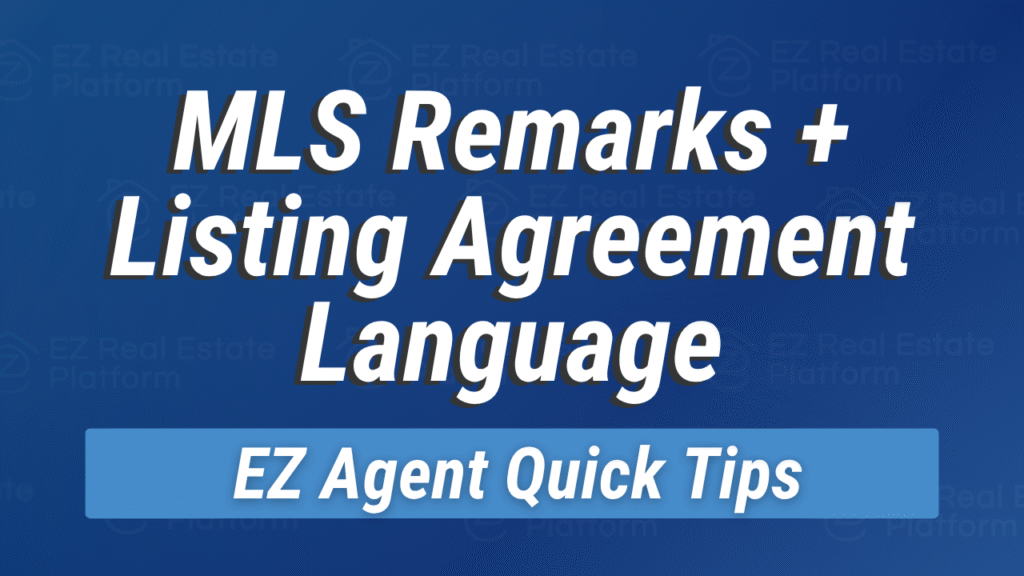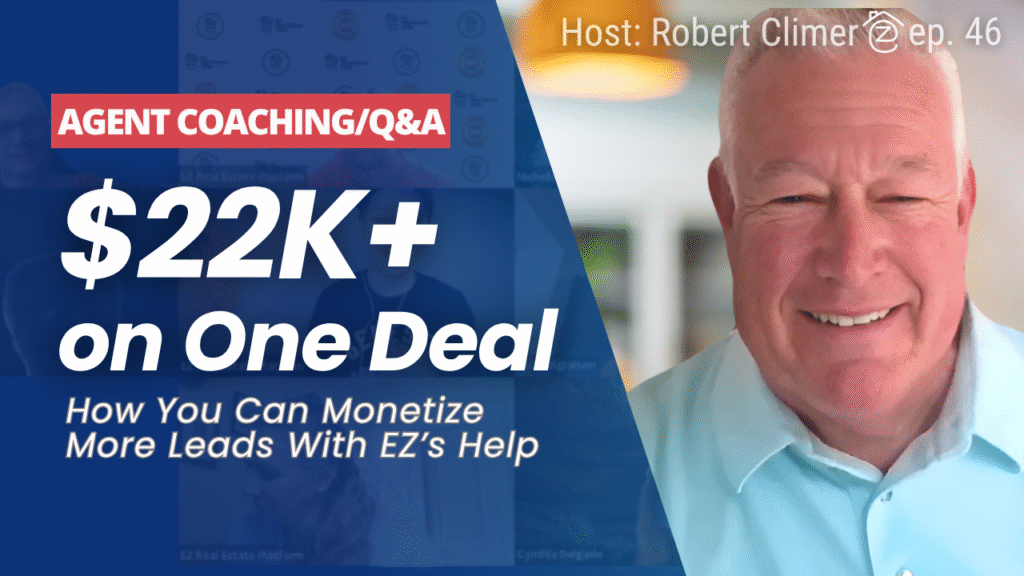Topic Thursday 30: EZ Problem Solving for Agents: How to Handle Greedy Sellers, No Offers, and Investor Pricing
This week’s Topic Thursday tackled four common agent challenges — and how to solve them without losing clients or momentum. From sellers raising prices mid-offer to open houses with no turnout, Robert and the EZ community shared real experiences and tested solutions.
Replay + Resources
 Resources to Explore
Resources to Explore
- EZ Agent FAQs (Topic Thursday 22)
 Want to join these trainings live? Get certified as an EZ Agent
Want to join these trainings live? Get certified as an EZ Agent ![]() Enroll Now
Enroll Now
Problem #1: Sellers Keep Raising Price Expectations
When sellers keep moving the goal posts, you need structure upfront.
Agents discussed how to prevent “seller greed” by:
Checking appraisal value first (to set realistic limits)
Finding out what changed in their motivation
Getting a minimum acceptance price in writing
Adding a “Buy Now” price for clarity
Robert shared that out of hundreds of transactions, EZ listings have had zero appraisal gap issues because buyer competition creates natural price validation.

Problem #2: No Offers and Only a Few Buyers
When only five buyers show up, it’s a signal — not a failure.
The group recommended using:
MLS reverse prospecting to contact buyer agents directly
Social media marketing to bring new eyes to the listing
Trend reports and CMAs to reset seller expectations
Zillow saves to track weekly engagement
Robert reminded agents that “no offers yet” doesn’t mean “no interest.” In today’s market, buyers take longer to decide — so focus on proof, follow-up, and data.
Problem #3: Investor Pricing vs Traditional EZ Pricing
Agents often confuse investor pricing with traditional EZ listing strategy. Robert explained how to handle both:
Investor deals often use a 10% buyer premium to cover costs and profit.
Traditional EZ listings use lower premiums (6–7%) with clear splits: 3.5% listing / 2.5% buyer / 1% EZ platform.
When handling leads from investors, present options, document everything, and use real proof to support pricing.

Problem #4: Can You Charge 10% on Distressed Properties?
Yes — when extra work and time justify it.
Community members explained that distressed listings, short sales, and bank negotiations involve far more calls and coordination.


Robert closed with a full commission breakdown for a 10% premium deal — 6.5% to agents, 1% to platform, 2.5% to buyer’s agent — and a reminder to always call servicers early to extend foreclosure timelines.
Wrap-Up: Keep Building Your Business!
The key to long-term success is problem solving. Every agent will face tough sellers, slow listings, and investor confusion, but with the right mindset (and a community of peers who want to see you succeed!), you can turn those moments into successful listings.
What’s Next? Get Connected and Keep Learning!
Communities to Join:
Private Student Facebook Group: Join Here
Public EZ Community: Join Here
EZ REI Club: Join Here
Not an EZ Agent?
Become an EZ Agent – If you’re committed to learning, we can waive your enrollment fee.




